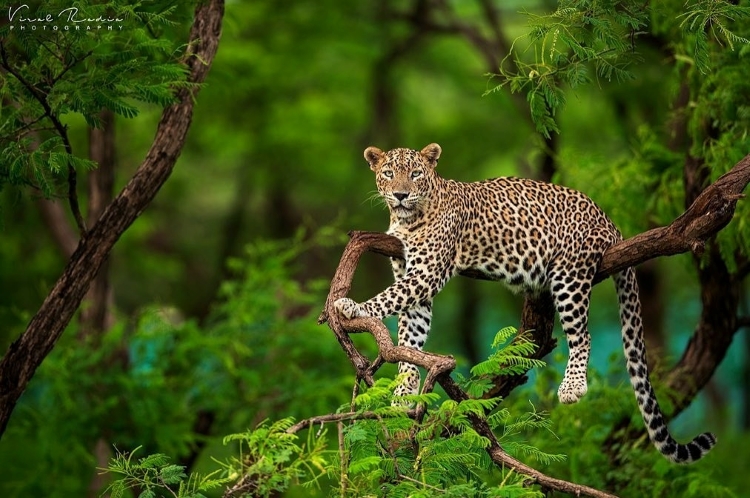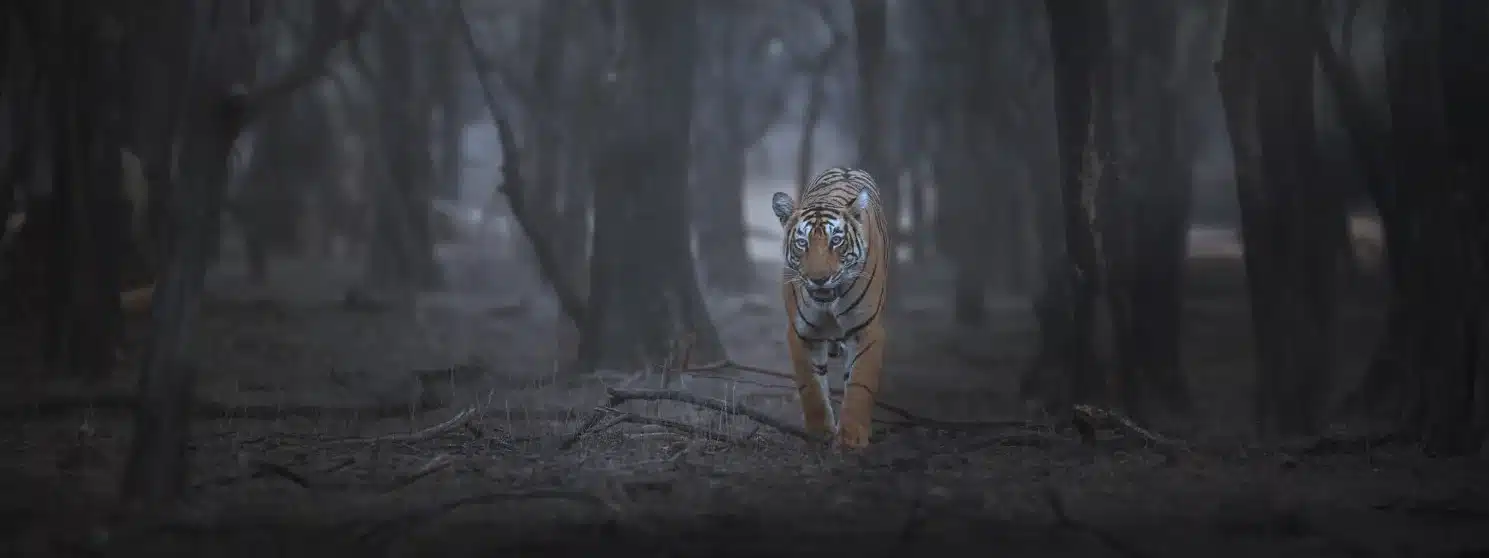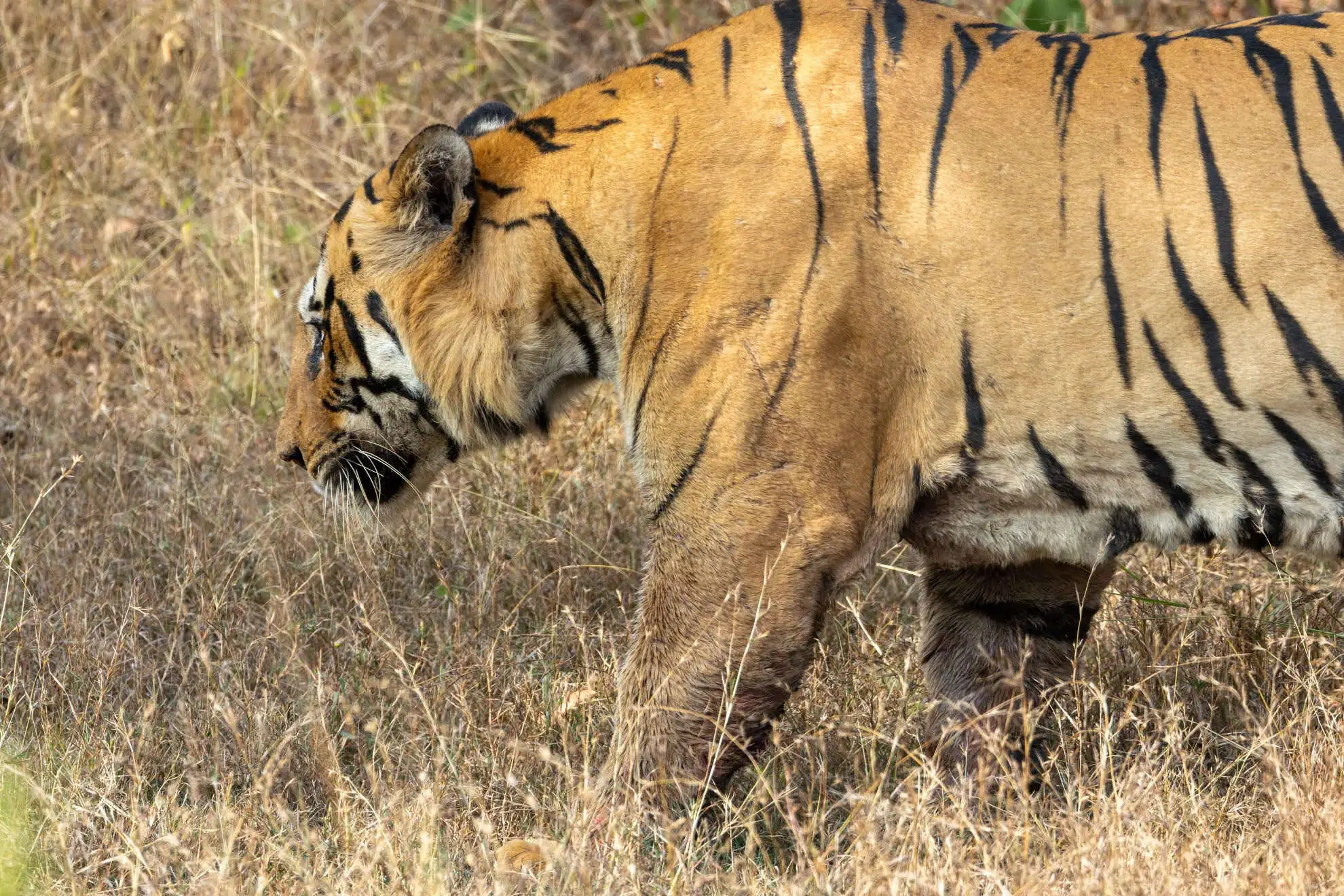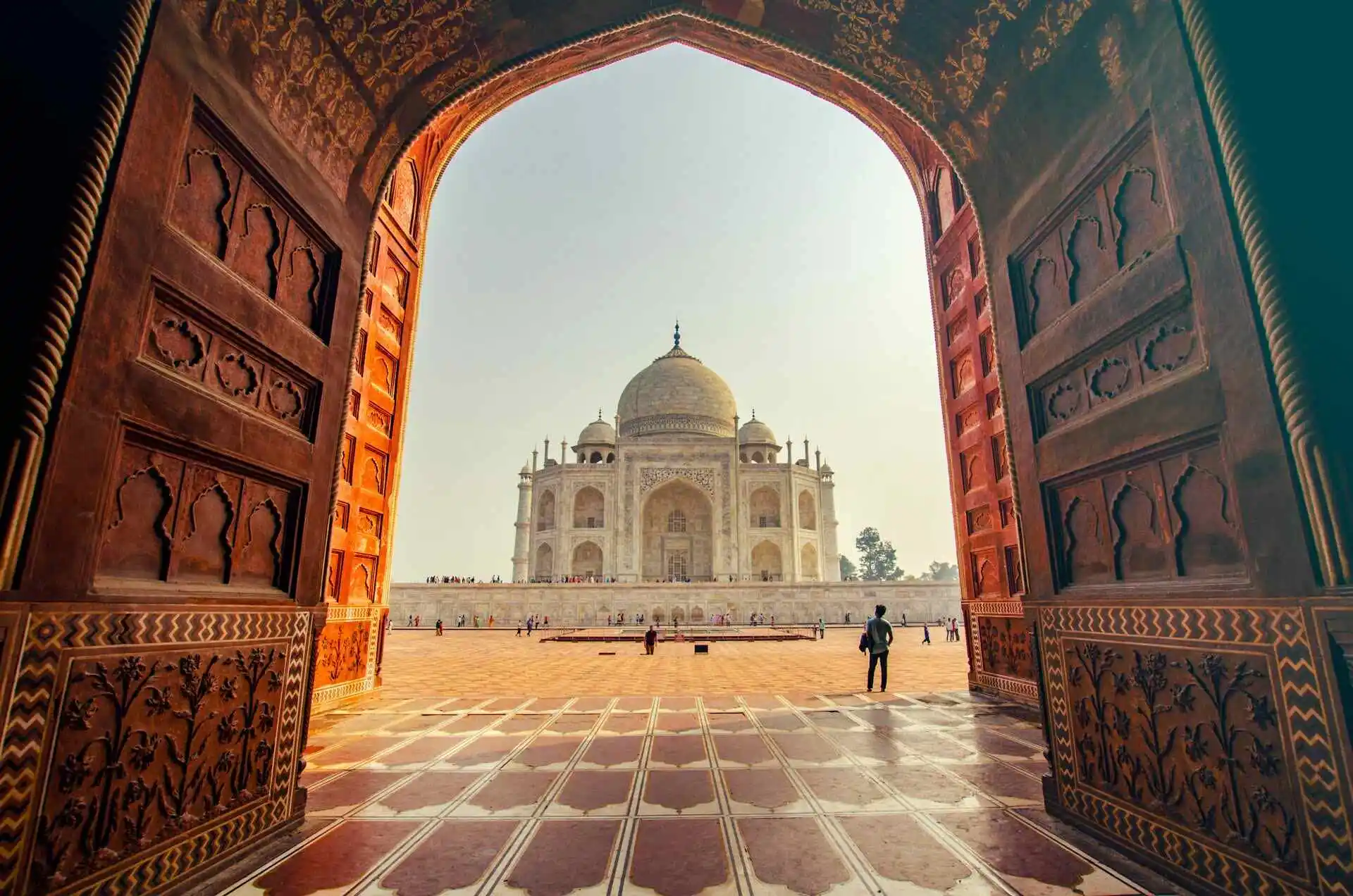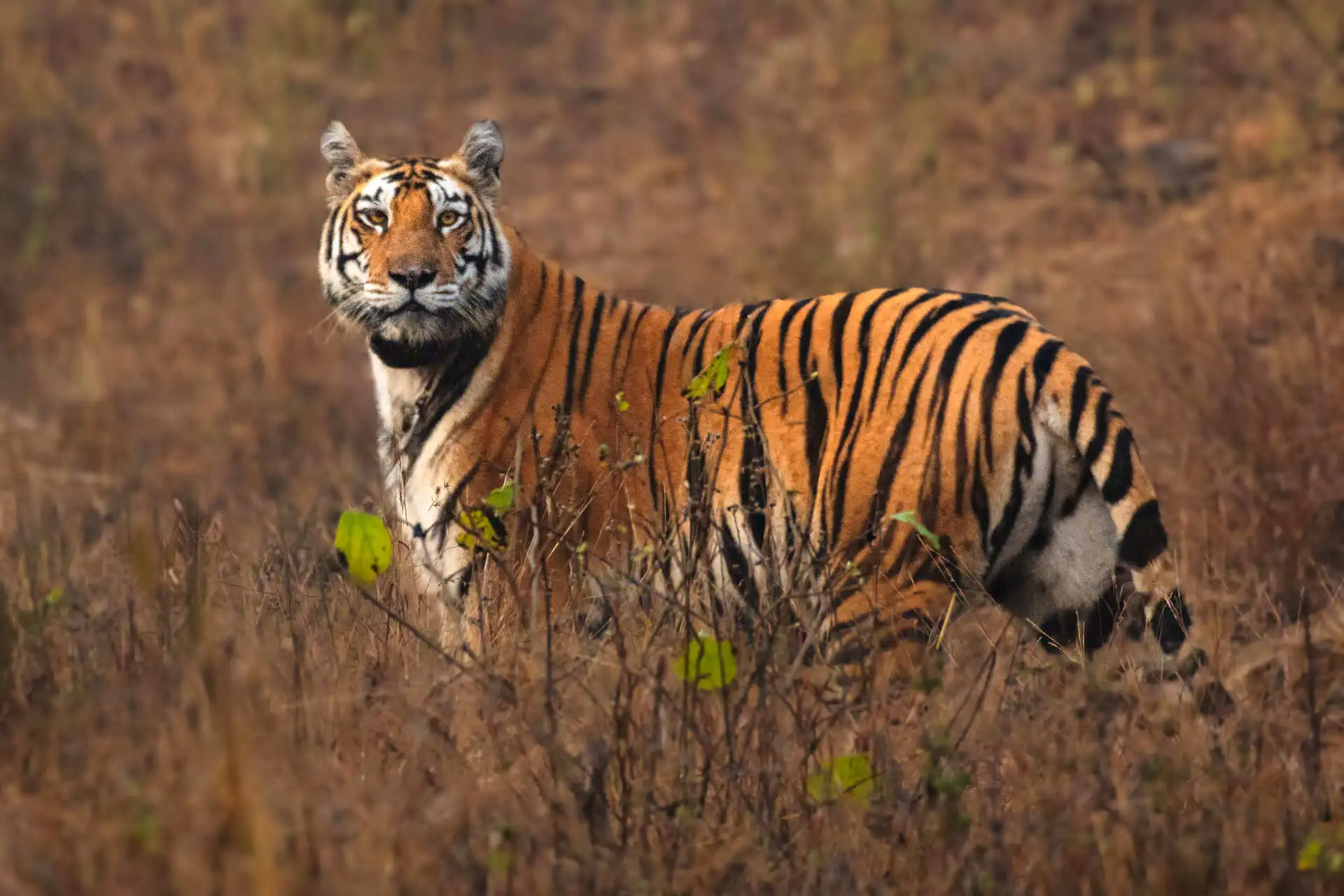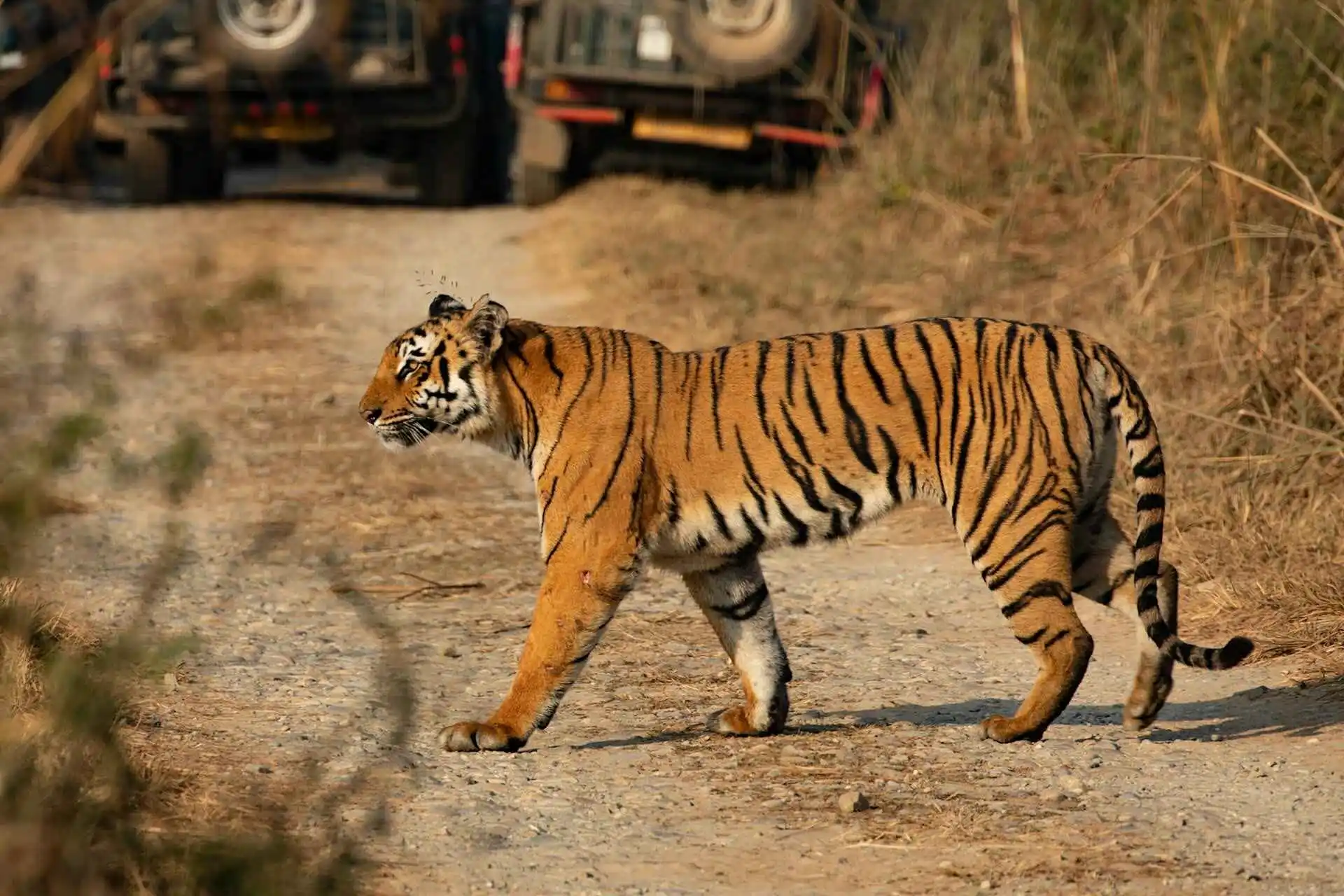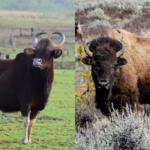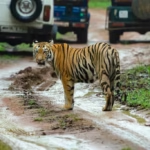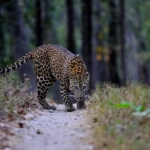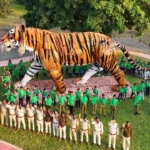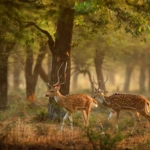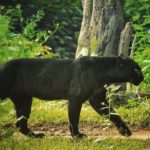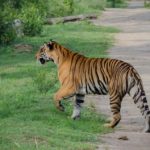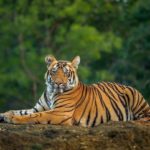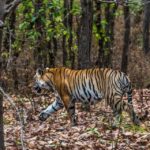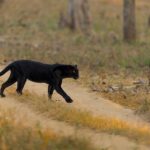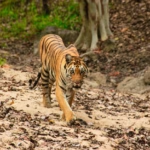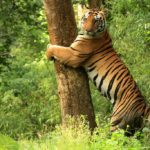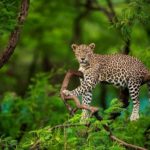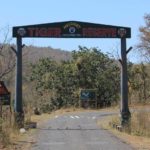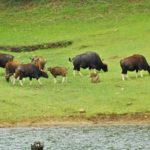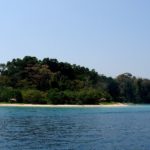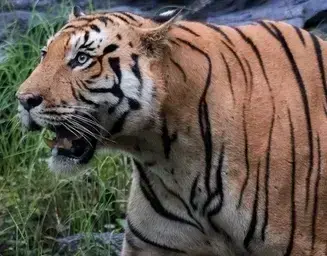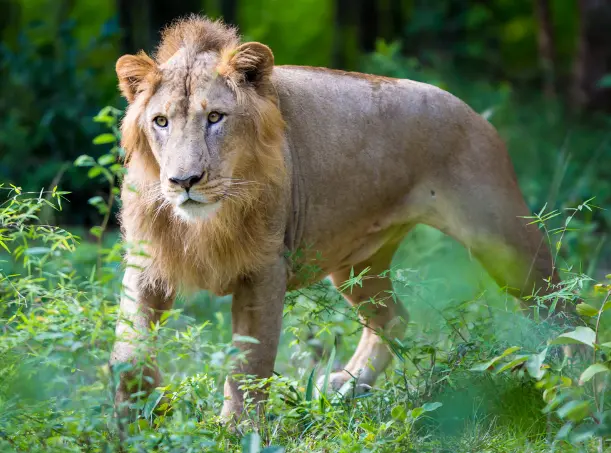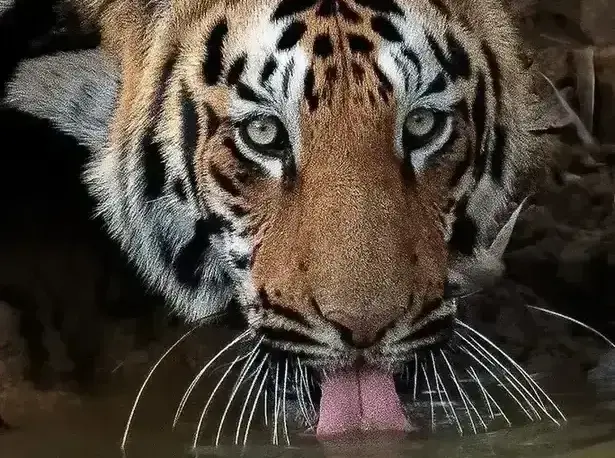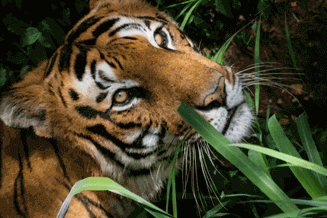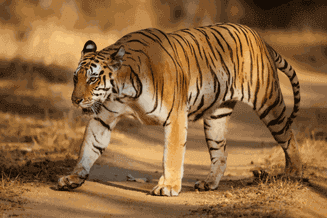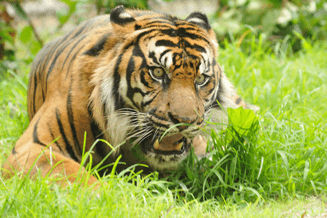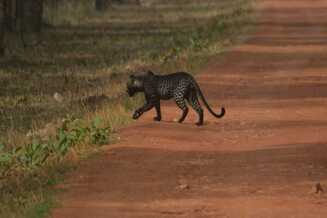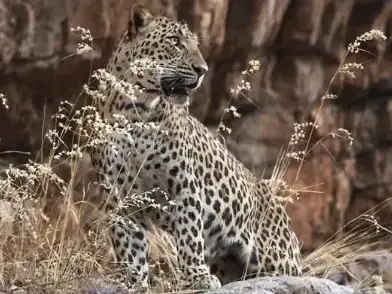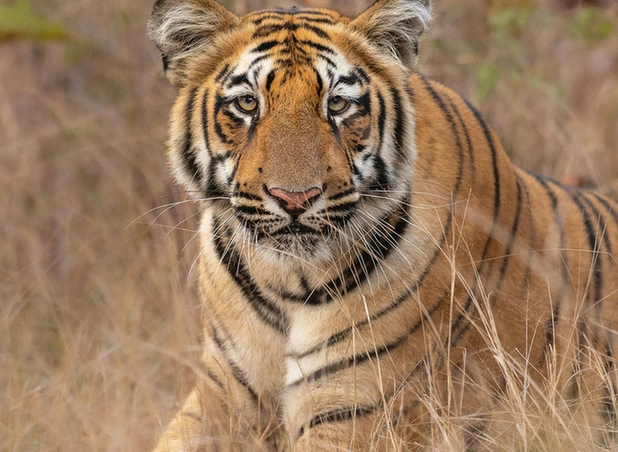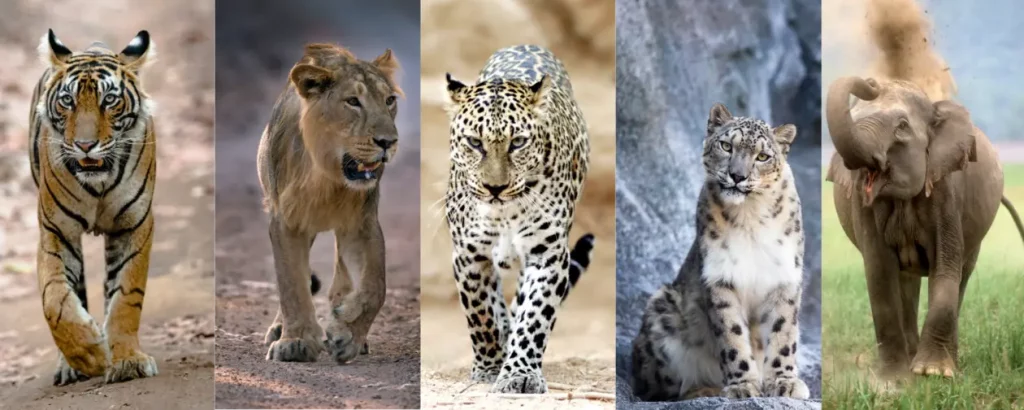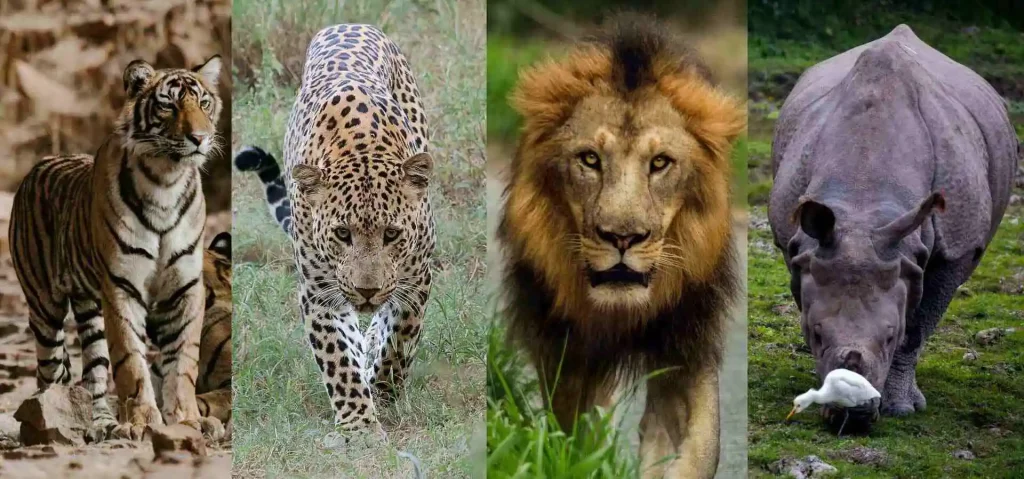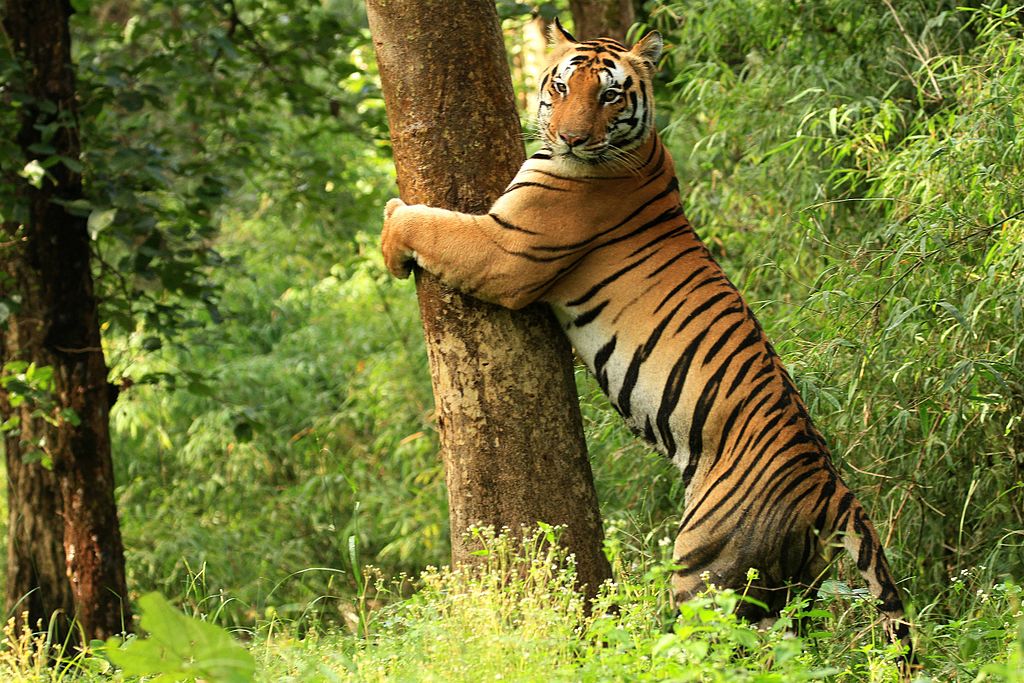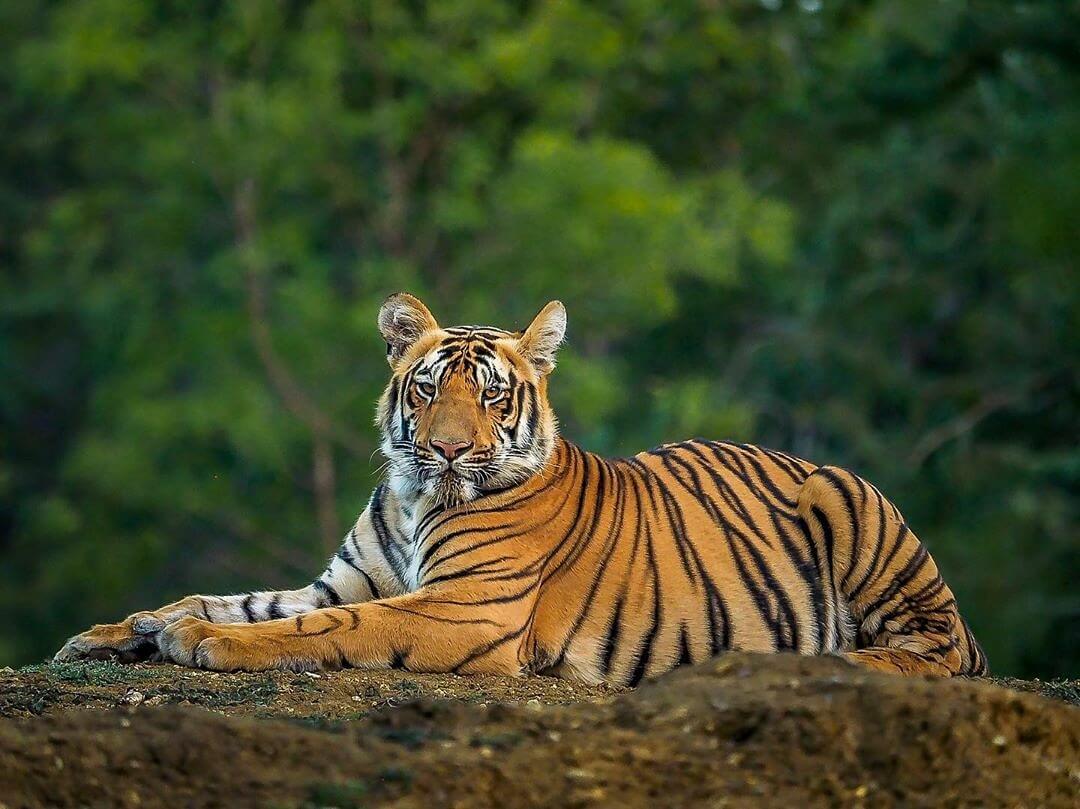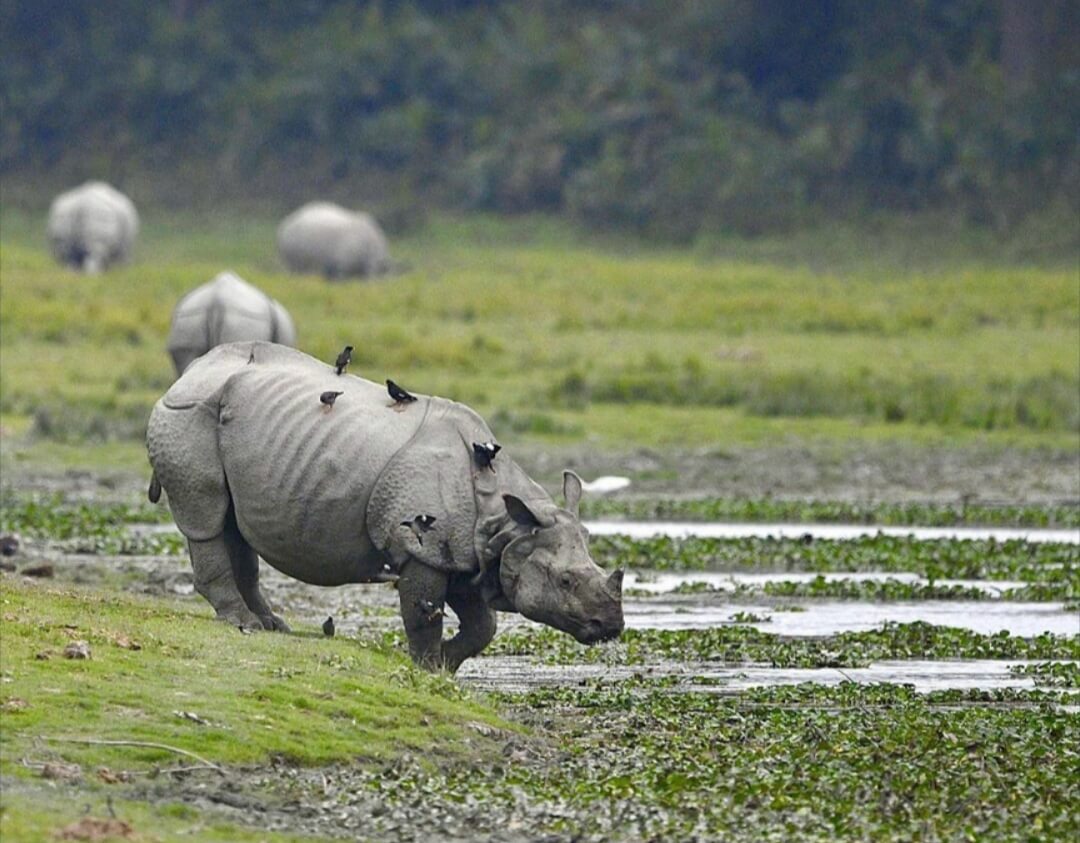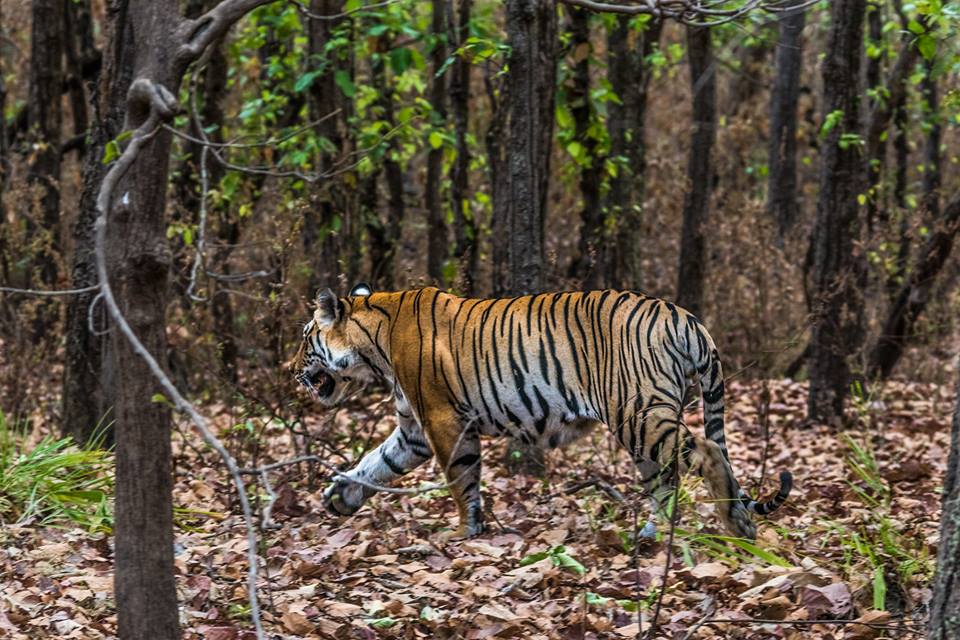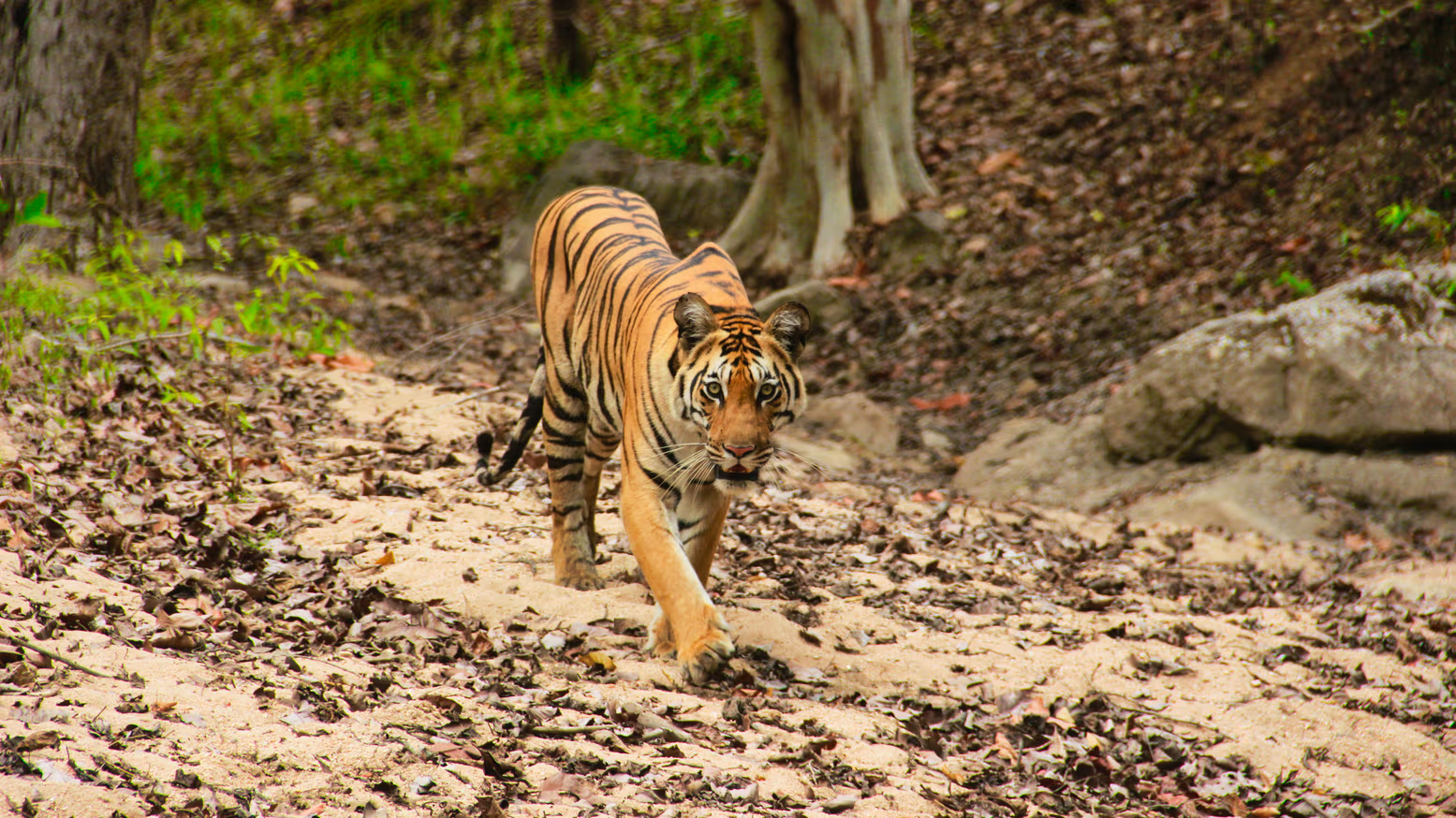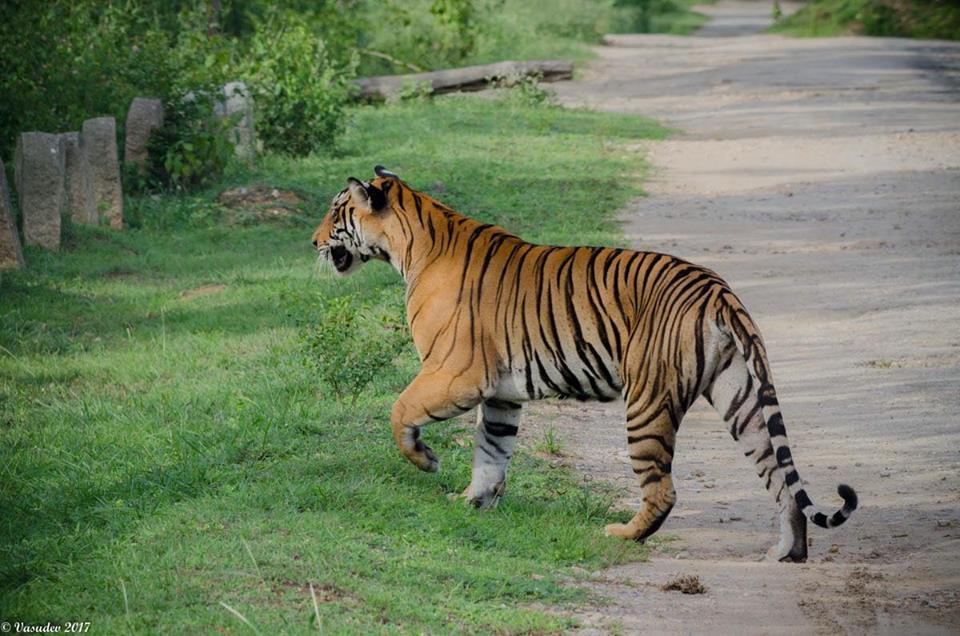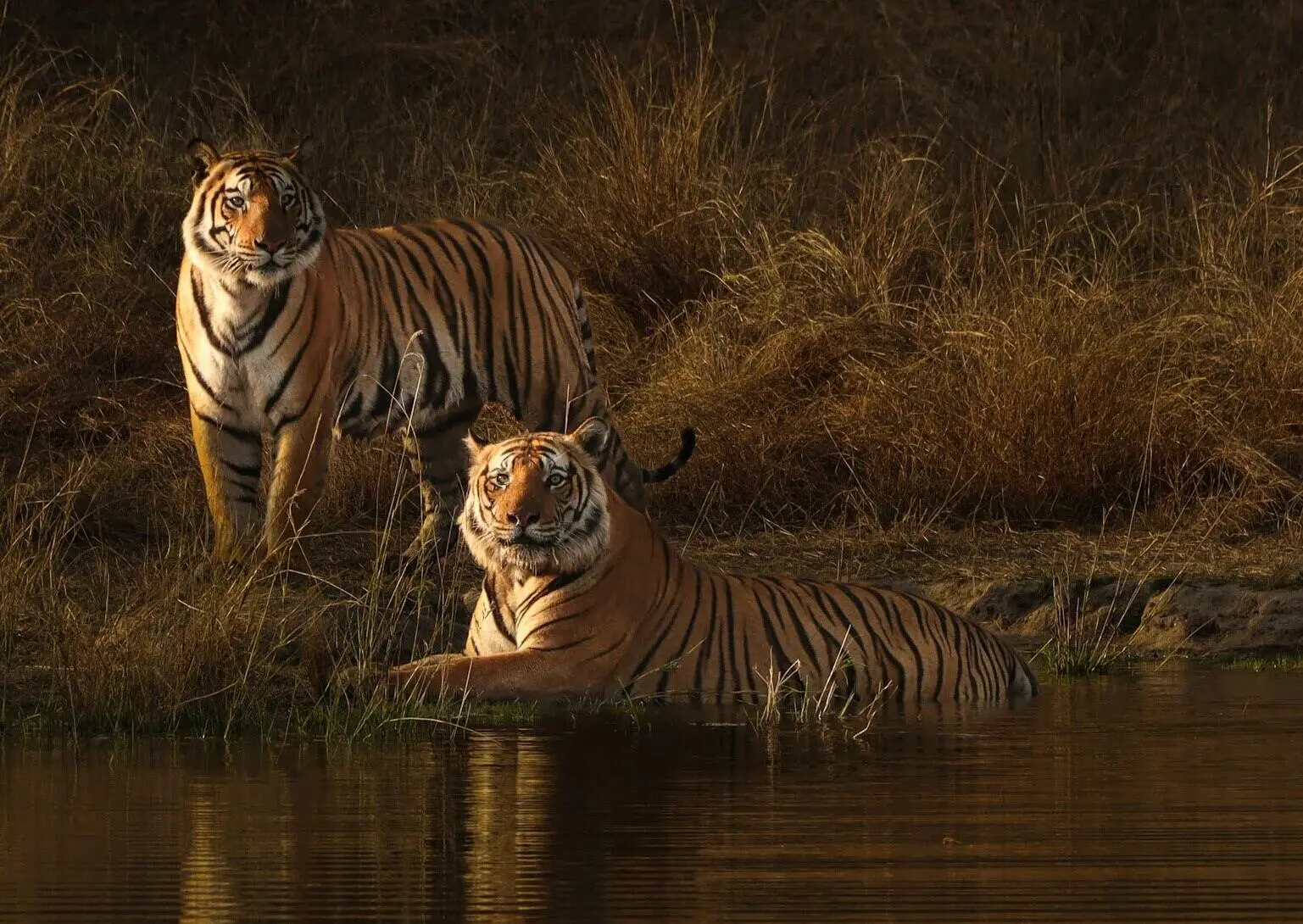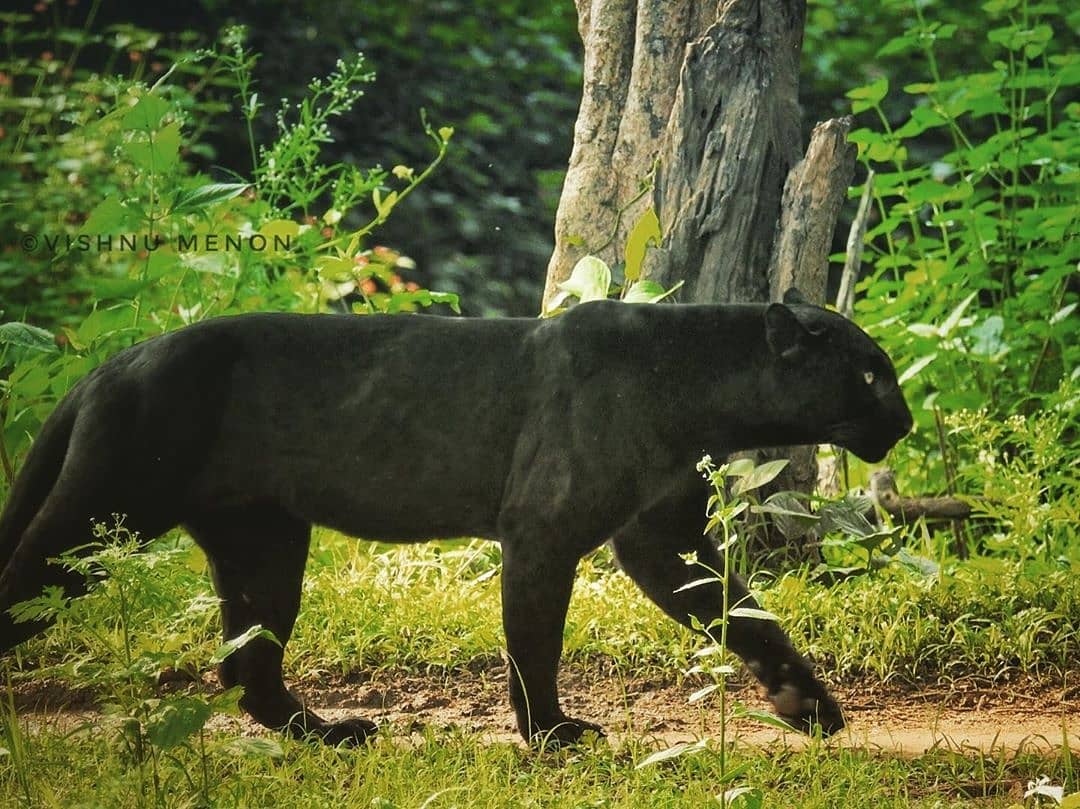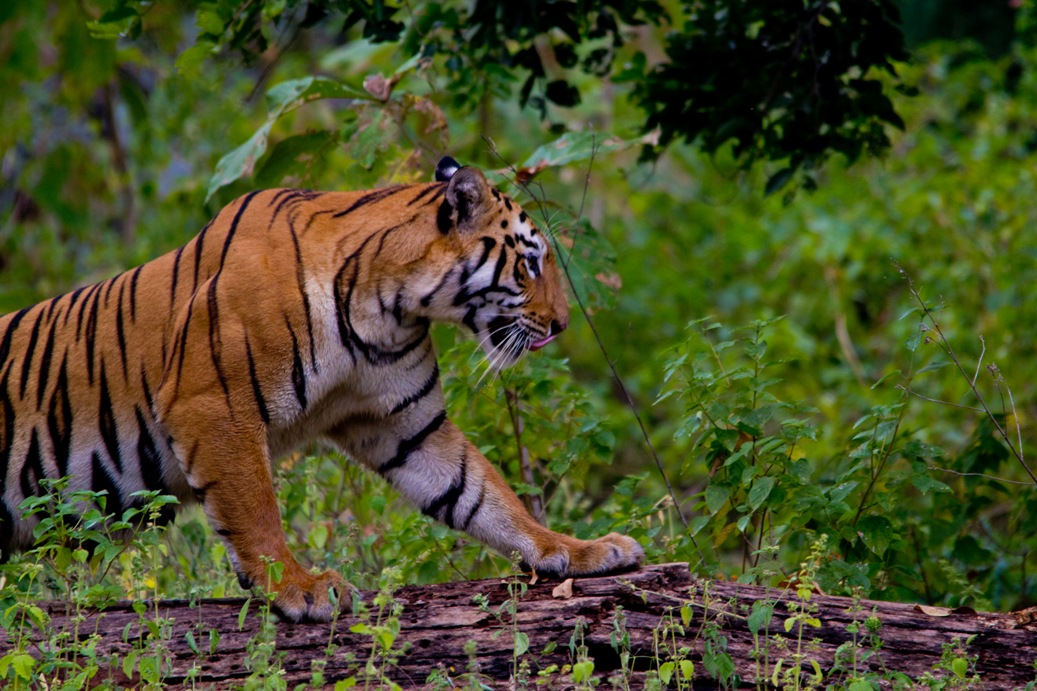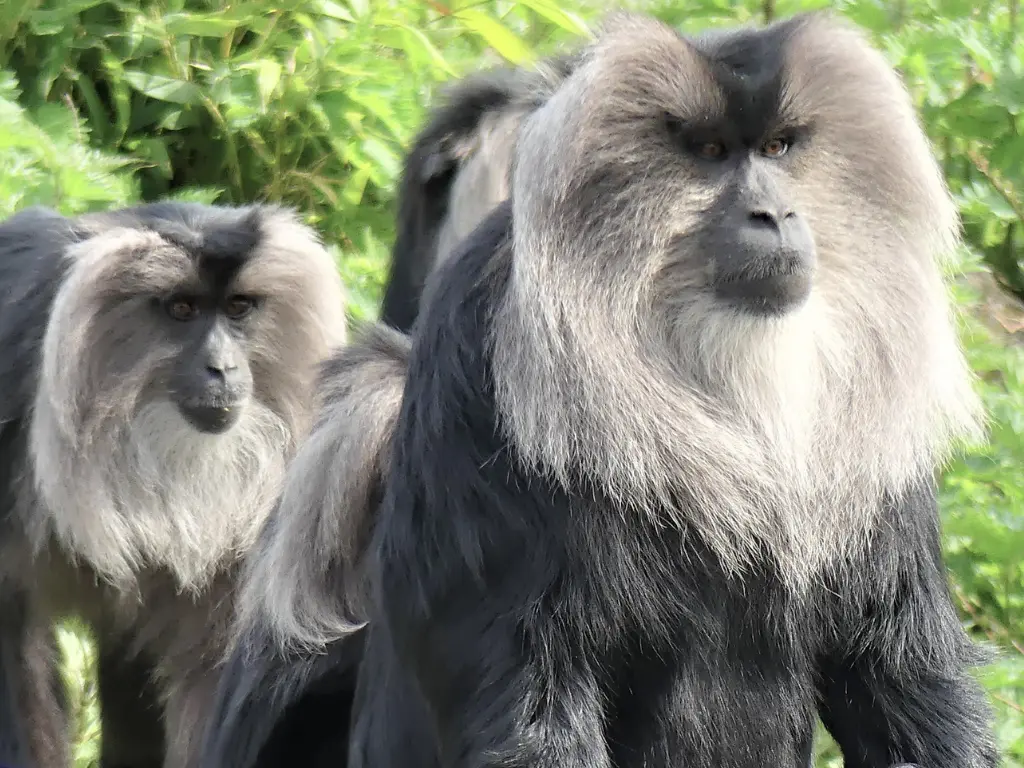When it comes to wildlife photography, we want no less than the best!
India with its exotic flavor and lucid forests are a dream come true for every wildlife photographer. Indian wildlife flourishes in the beauteous national parks of the country.
The vibrant parks, teeming with rich flora and fauna are a perfect remedy for the ever so greedy heart and the detail thirsty eyes of a wildlife photographer.
If you are a photography enthusiast or a professional wildlife photographer, then grab your gears and head towards the enchanting landscape that awaits!
Top National Park and Tiger Reserve for Wildlife Photography
Wildlife photography is being in the right place at the right time with the right Gears. Here is the list of top national parks and tiger reserves for photography.
- Jim Corbett National Park
- Anamalai Tiger Reserve
- Periyar National Park
- Parambikulam Wildlife Sanctuary and National Park
- Keoladeo National Park
- Ranthambore National Park and Tiger Reserve
- Simlipal National Park
- Dachigam National Park
- Kanha National Park and Tiger Reserve
- Sundarban National Park and Tiger Reserve
Jim Corbett National Park
With a touch of the cinematic universe, this incredible park is the ultimate wildlife photography heaven. Rich and varied species of animals and birds call this park their home, including the majestic tiger.
The surplus greens, the towering mountains and the glorious animals roaming around the thick woods are mesmerizing, the replica of which a wildlife photographer can preserve through his lenses for an infinity. settings.
The comforting weather and the soft shadows add to the mystical setting of the photograph. The jungle safari lets you dive into the heart of the park and click the world away!
The best time to visit the National Park is from Mid-November to Mid-March. The climate during this time allows for the best photographs to be taken. The whole forest becomes a patient canvas awaiting a masterpiece.
Popular Safari Tour Packages in India
Anamalai Tiger Reserve
Nature calls out to you in this reserve.
A spacious abode for a large number of tigers and elephants, this reserve also contains a variety of animals and birds like deers, jackals, peacocks, etc. This park attracts wildlife photographers like bees to honey.
With the ever-changing topography and clear bright skies, this park has a lot of scope for the wildlife photographers to capture the wild in all its glory.
Trekking and safaris are a bonus that you earn whilst snapping away. The animals are stealthy and the forests deep, so patience is to be the backbone of every wildlife photographer.
This park is open throughout the year. All the seasons have their own kind of filter to provide for the photographs.
Periyar National Park
The park famous among tourists for its tiger and elephants reserves are full of verdure and serene rivers. The biodiverse wilderness features a variety of landscapes for wildlife photographers to capture.
The tropical forest has thick and tall trees with huge canopies that make wildlife photography a spectacular and jubilant experience.
The animals and the birds here wisely take cover behind the thick verdure and the wildlife photographer seeks them out.
This place is full of thrilling trails and adventure that are like a beacon to every wildlife photographer, who flock here to savor every sight of magnificence.
December to March is the best time to visit as the mild temperature makes it easier to spot the animals, butterflies and migratory birds. Photography tours are perfect during this time.
Parambikulam Wildlife Sanctuary and National Park
A land where time stands still!
This protected ecological park has rich and diverse biodiversity. The thick opulent habitat makes a worthy asylum for all the animals and birds residing here. The panoramic view of the forest alive with the presence of beautiful creatures make it a wildlife photography hotspot.
Photographing at sunrise or sunset will give you a spectacular range of color. The whole forest provides scenic locations for photography.
The places where certain animals are seen frequently can be reached with the help of a guide. This park is the best place for wildlife photography and shoot.
October to March are the months are most suitable for a visit. The pleasant weather and clear skies lead to frequent animal sightings making it the best time for wildlife photography.
Ranthambore National Park
Originally a hunting area, this brilliant park is the sweet contrast of the dry desert and the green expanse. Majorly inhabited by the royal predators, the Tigers this booming park is a treat for the wildlife photographers.
The contrasting animal species in their own natural habitats are the very essence of wildlife photography. This park is in the ‘must visit’ list of every wildlife photographer out there.
From the sure-footed tigers to the iron tongued crocodiles basking under the sun, this park is full of gems that are to be captured and collected by the wildlife photographers.
The best time to visit this wonderful reserve is from October to June. The weather remains clear and crisp during this time and proves to the best for photography.
Simlipal National Park
Gifted with a great variety of biodiversity and a gentle ambience, this old hunting land of the Maharajas is now a well protected and admirable national park.
With a large number of tigers, elephants, hyenas, and other interesting animals, this park is a beauty to behold. With milky waterfalls and flaunting rivers and a breeze ruffling your hair, this is a divine wildlife photography zone.
The animals creeping out of their camouflage and melting in the shadows, like playing the game of hide ‘n’ seek with the overjoyed wildlife photographer.
A sight to take in and retain forever, Simlipal stays a true contender for a wide range of zealous activities and wildlife photography.
The best time to visit this enchanting park is in the months of November to mid-June. The weather during this time remains cool and wildlife photographers find it facile to capture the gay sight around.
Dachigam National Park
Utopia is what this park is. An enchanting land full of wonders. A world of ice and snow, this national park is a diamond to possess for wildlife photographers.
With a blur of colors and fragrance, this park is a sanctum for the Hangul deers and the majestic snow leopard, the only predator.
These moments are of intense pleasure and satisfaction for the wildlife photographers who rush to capture this awe-inspiring sight.
A number of birds reside in this park who add into the delight.
One of the most enticing venues, the Dachigam National Park is a jewel in the realm of wildlife photography.
April to August is the best time to visit this park. Because of the changing season and the multicolored flowers make the park an ultimate wildlife photography junction.
Kanha National Park
An alluring fairytale comes to life in the lush, sprawling woods of the Kanha National Park.
The picturesque scenery and enthralling wildlife, make it a visual playground for wildlife photography. Home to the Royal tigers and other exotic animals and birds.
The glimpse of the tiger or the colorful birds against the backdrop of this gorgeous view will make your senses sing.
One of the most iconic places to capture monumental photographs, this park serves to be the best wildlife photography locations of all times.
The favorable time to visit this park is from mid-October to June as the weather is perfect for wildlife photography. The light and the dim fog make the photos come alive and look magical.
Sundarban National Park
The largest mangrove in the world and the host of the largest number of tigers, Sunderban is an amazing national park with a simple charm and spellbinding allure.
A maze of Sundari trees and snaking rivers this park epitomizes wildness in the books of wildlife photography. The view is so breathtaking that it enthralls your very being.
The park provides a wide range of photography options, be it the reptiles or the mighty cat or the prancing deers.
Night photography is the cherry on the cake! The shining eyes of the wild reflect your own wild desires.
An addicting location for wildlife photography.
September to March are the best months to visit the Sundarbans. The winters are the most suitable for wildlife photography.

